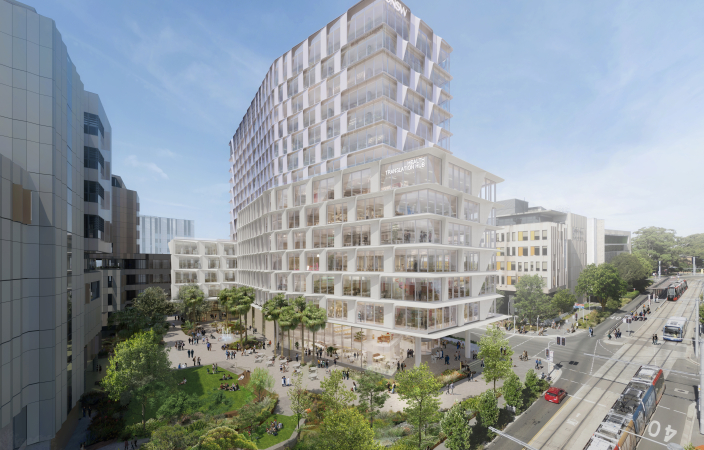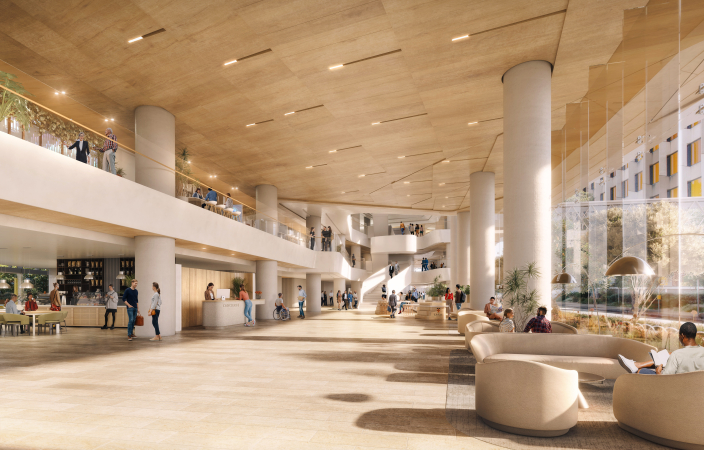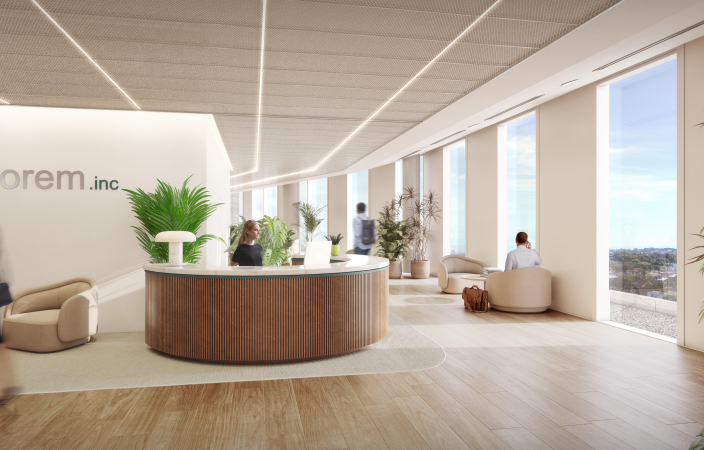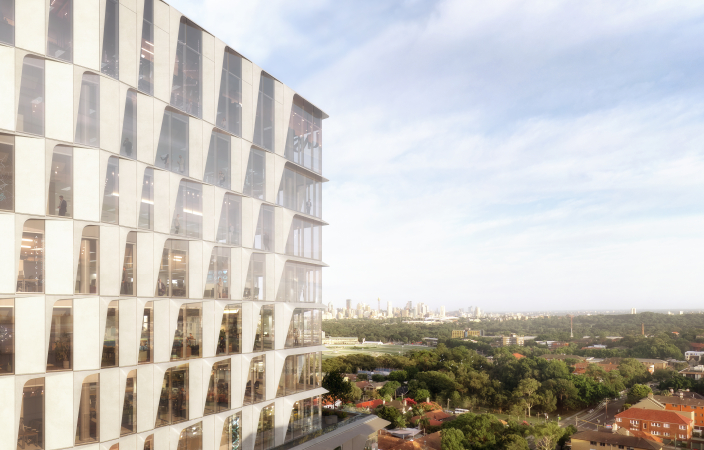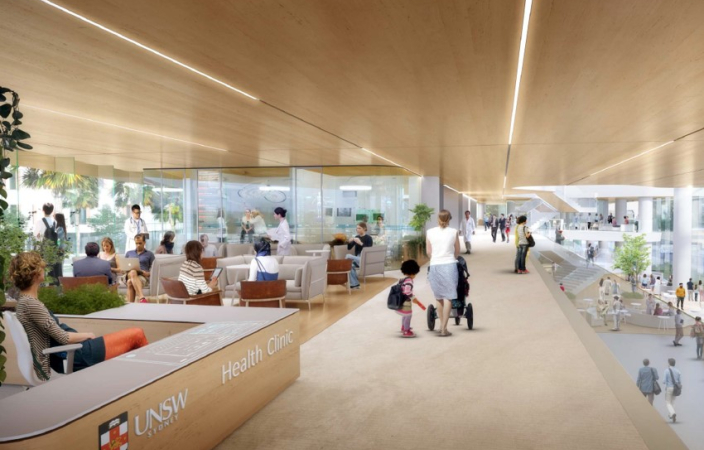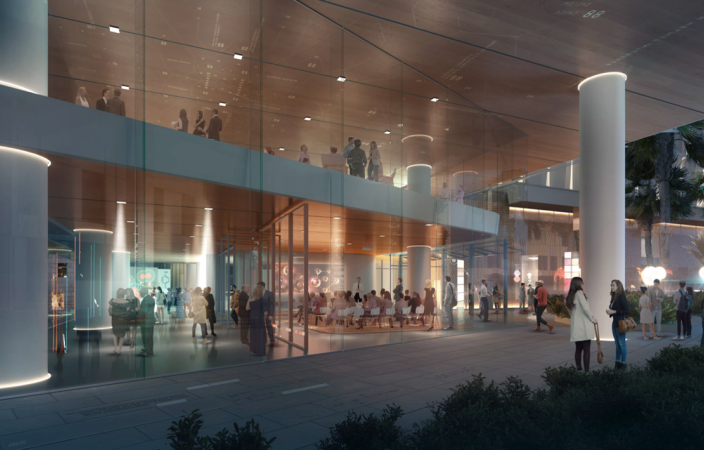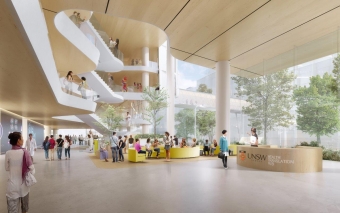About the UNSW Health Translation Hub
Construction is underway for the UNSW Health Translation Hub and UNSW’s expansion into the Randwick Health & Innovation Precinct is on track to be completed in late 2025.
A significant project for UNSW, the UNSW HTH will integrate health education, training and research with acute healthcare services, directly benefiting patients, carers and the NSW community.
Located on the corner of High Street and Botany Street Randwick, the UNSW HTH includes:
- Purpose-built spaces for researchers, educators and industry partners to work alongside clinicians
- Education, training and research rooms
- Clinical schools and ambulatory care clinics
- Food and beverage retail and supporting amenities including allied health services
- Space for community and cultural events
- Publicly accessible open space for the community
- Pedestrian prioritised links, including bridges, to easily connect to UNSW’s Kensington Campus and the broader Randwick Hospitals Campus.
The UNSW HTH has been developed to support the acceleration of improved health services for communities locally and globally. The UNSW HTH is not just a building but instead a place which will drive UNSW’s vision to be the future of health.
The new UNSW Plaza, with 2,500 square metres of publicly accessible open space, will help to create an engaging and welcoming place for staff, students, patients, community, industry partners who are attracted to learn, research, work and socialise.
UNSW Sydney has partnered with the Plenary Group-led Plenary Health consortium to deliver the $600 million facility
The long-term partnership involves Plenary Health funding, developing and operating the 35,600-square-metre facility, supported by an initial 20-year commitment from UNSW to occupy 65% of the available space. The remaining space will be open to industry, providing a golden opportunity for like-minded partners to co-locate with the University and within the hospital precinct.
UNSW has worked with some of Australia’s leading consultants including Architectus, Aspect Studios, Yerrabingin and Arup to develop the Health Translation Hub.
The UNSW HTH will sit adjacent to the Sydney Children’s Stage 1 and Minderoo Children’s Comprehensive Cancer Centre building. These two buildings will accompany the new Prince of Wales Acute Services Building (ASB) to expand the Randwick Health & Innovation Precinct. UNSW has approximately 5000 square metres of space co-located with ASB which promotes physical and working integration between UNSW and the Hospital.
